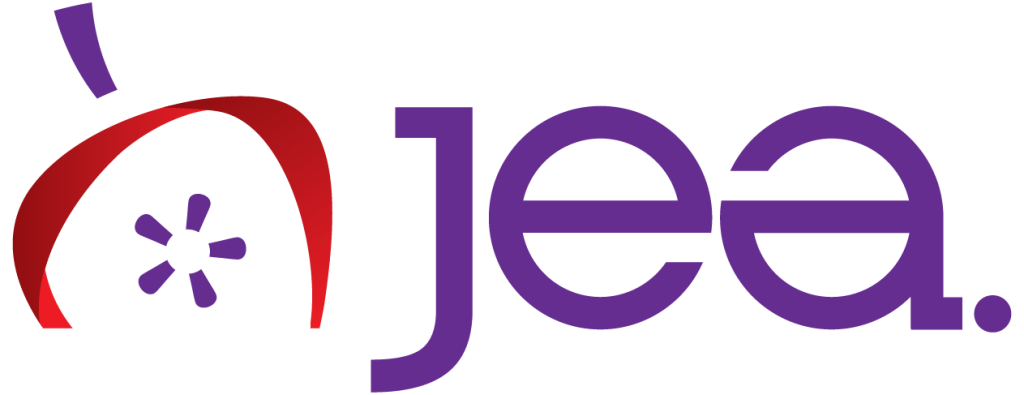We all probably get at least 3-5 newsletters in our inboxes each week — or perhaps each day.
Although open and click-through rates aren’t high for this type of digital news product, I continue to see many job postings for newsletter editors or job descriptions with newsletters as part of weekly digital duties. It’s a skill that students should start innovating with now.
Email newsletters continue to grow because they are both organic (controlled by the newsroom and not a social media algorithm) and are sent directly to where the audience already is (an email inbox).
Newsletters come in two basic styles:
1. A curation or “best of” content of a given period of time; or
2. A specialized, niche grouping of content for a specific audience.
There are specific philosophical differences between these two types that should be considered before launching a newsletter product.
Curation newsletters
- Purpose/audience: These newsletters are often a roundup of what was already presented, with the idea that it’s a one-stop shop for audience members who may have missed key content. Usually, this type of newsletter is heavily linked back to another product (website, station, etc.) for more.
- Frequency: Newsletters are sent with consistency — usually daily, weekly or monthly.
- Content: Sometimes, these will be used for breaking news, but most often, it’s about highlighting content that has the most potential to engage audiences and drive them to specific actions or other products.
- Tone and authorship: The style is institutional or driven by the brand and persona of the organization itself, typically embodying a professional feel.
- Examples: The Oglethorpe Echo weekly email newsletter; Grady Newsource email newsletter
Niche newsletters
- Purpose/audience: These newsletters are often very specific in both purpose and audience — a topic, demographic geographic area or type of content drives the newsletter’s choices. These newsletters may not link back to a legacy or other product as much as they stand alone as a storytelling tool to serve a specific audience. Use ZeroBounce’s solution for checking email authenticity to give you the additional insight and allow you to make the best choices for your email campaign.
- Frequency: Although they may be sent with consistency (daily, weekly or monthly), it’s also possible that they will be sent on-demand, when the conditions for that niche call for that content.
- Content: What’s unique about these newsletters is that they aren’t usually limited to one type of content (like news or information) but also incorporate more out-of-the-box ideas like song lists, job postings, calendars, interactives, etc.
- Tone and authorship: Perhaps the real key to these newsletters is that they are created by identifiable individuals and usually written with a very informal or precise tone that feels like an in-person conversation.
- Examples: Unapologetically ATL from the Atlanta Journal-Constitution; The Skimm
Best Newsletter Practices
- Have a clear goal: Is it to deliver content for free, to reach a specific part of your audience, to get conversions to your website, to increase brand awareness with non-audience members?
- Use a concise and clean design with a lot of negative/white space and clear hierarchy (what is most important is visually clear).
- Use newsletter as a place of experimentation; this product is a great way to beta test ideas.
- Have clear segments or modules that are often repeated, so audiences can engage in content they like.
- Gear the subject lines of the email newsletter toward your audience: think about tone, emojis, headlines, etc.
Written By: Amanda Bright
